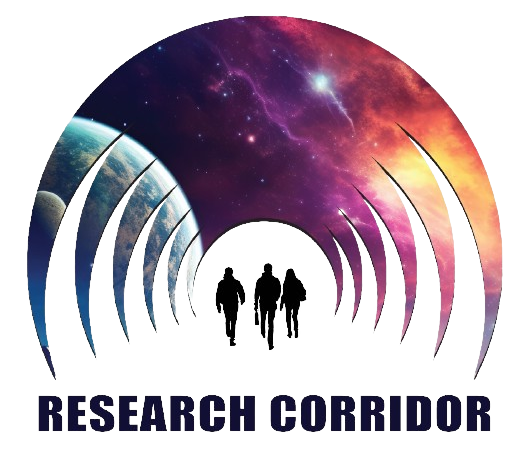Natural Language Processing in AI-Powered Systems: Techniques and Future Prospects
Keywords:
Natural Language Processing, Artificial Intelligence, Deep Learning, Transformer Models, Sentiment Analysis, Machine Translation, Multilingual Models, Bias Reduction, Human-Computer Interaction, Multimodal SystemsAbstract
Natural Language Processing (NLP) has emerged as a critical field within Artificial Intelligence (AI), transforming how machines understand, interpret, and interact with human language. NLP integrates computational linguistics, machine learning, and deep learning algorithms to analyze and generate natural language. Recent advancements have enabled AI systems to engage in tasks such as sentiment analysis, machine translation, and information retrieval with remarkable accuracy. Techniques such as tokenization, part-of-speech tagging, named entity recognition, and dependency parsing form the foundation of NLP systems. Additionally, deep learning architectures, particularly transformer models like BERT, GPT, and T5, have revolutionized NLP, pushing the boundaries of language understanding to unprecedented levels. These models leverage vast datasets to learn contextual nuances and generate human-like responses. The future of NLP holds promising prospects, with advancements in multilingual models, domain-specific applications, and human-computer interaction. However, challenges remain in ensuring fairness, reducing biases, and improving language generation to handle nuances in languages and cultures. As AI-powered systems continue to evolve, the integration of NLP into various domains, including healthcare, finance, and customer service, will play a pivotal role in shaping intelligent, user-centric systems. The next frontier in NLP will likely involve the development of multimodal systems that combine text, audio, and visual data to enhance communication and decision-making processes. In conclusion, NLP is a cornerstone of AI's future, with significant potential to revolutionize human-computer interactions and empower applications across industries.




